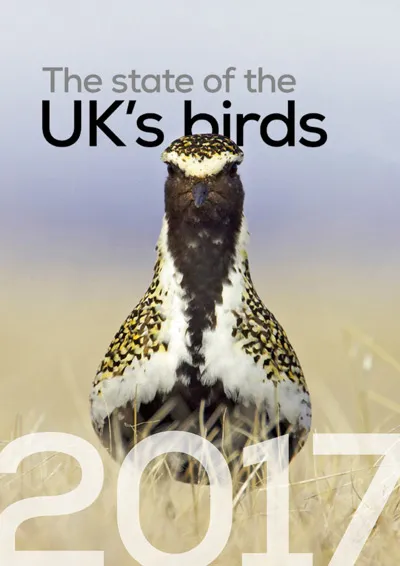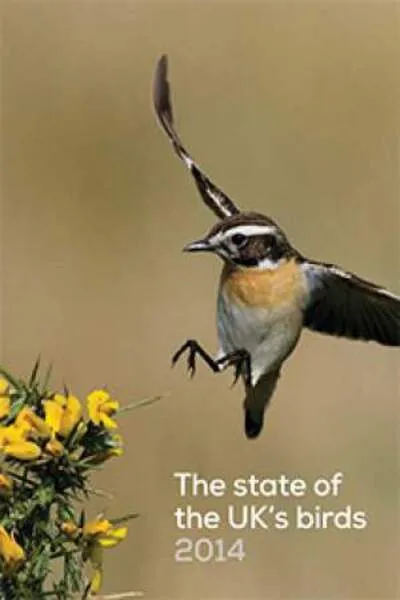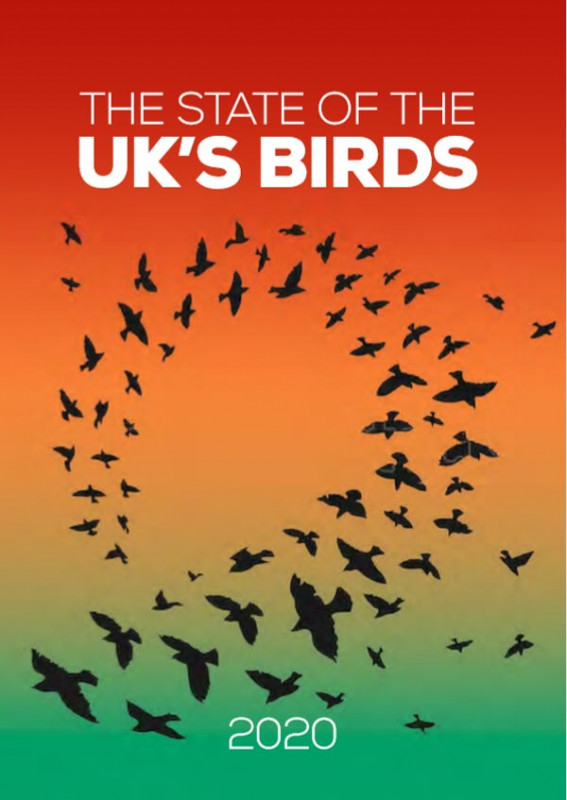
Since 1999, these reports have provided an annual overview of the status of bird populations in the UK and its Overseas Territories. They include trends for as many of the UK’s regularly occurring species as possible.
SUKB reports on the latest assessment of the status of the UK’s breeding and non-breeding bird species. These are listed in Birds of Conservation Concern 4 (BoCC4), published in December 2015. Species were assessed against a set of objective criteria in order to be placed on the Green, Amber or Red lists – indicating increasing levels of conservation concern.
More than a quarter of the UK’s bird species are now on the Red list, and in this report we highlight some of the species that have been reclassified since the last review in 2009, as well as those groups of species for which there are particular concerns.
Who the report is produced by
Search
The State of the UK's Birds 2020
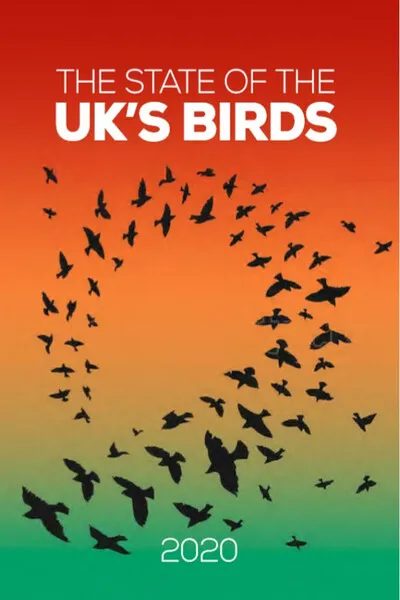
The State of UK’s Birds reports have provided an periodic overview of the status of the UK’s breeding and non-breeding bird species in the UK and its Overseas Territories since 1999. This year’s report highlights the continuing poor fortunes of the UK’s woodland birds, and the huge efforts of BTO volunteers who collect data.
17.12.20
Reports
The State of the UK's Birds 2016
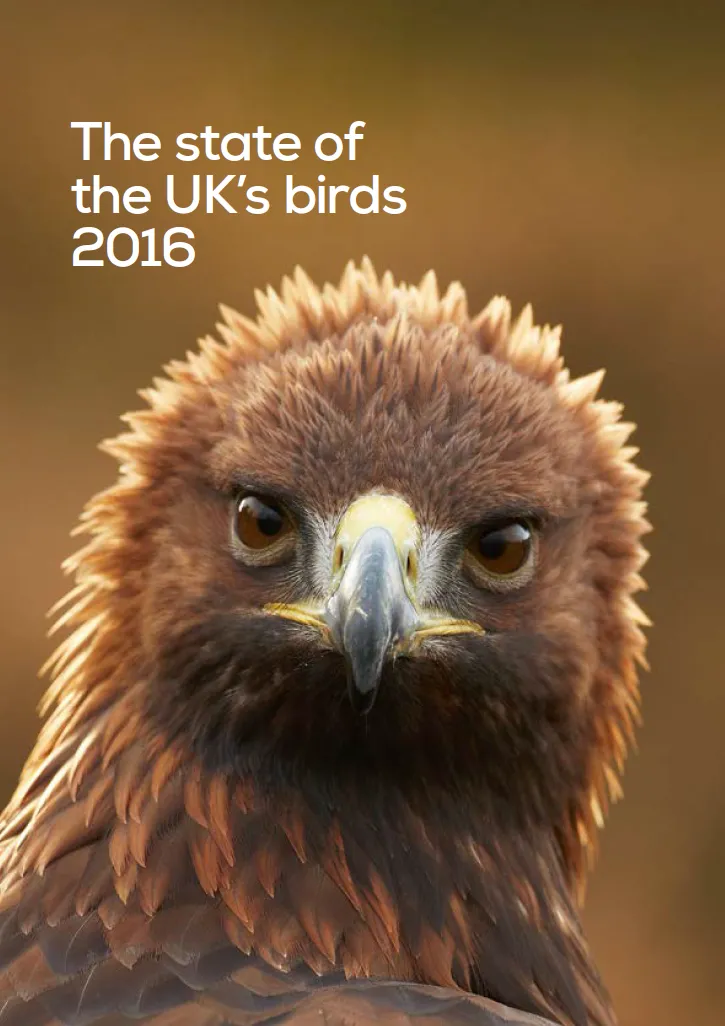
The main theme of The State of the UK’s Birds report (SUKB) 2016 is the latest Birds of Conservation Concern 4 list – BoCC4 published in 2015 - and the species whose status has changed. The increase in the Red list by 15 species is due to problems in all habitats including farmland, woodland and coasts but most notably in uplands with five new upland species moving onto the red list.One of these is Curlew. The UK supports 27% of the global population, and the long-term trend shows a 64% decline from 1970 to 2014. This, combined with the bird's global status of Near Threatened, suggests that the Curlew is one of the most pressing bird conservation priorities in the UK.
11.04.17
Reports
The State of the UK's Birds 2015
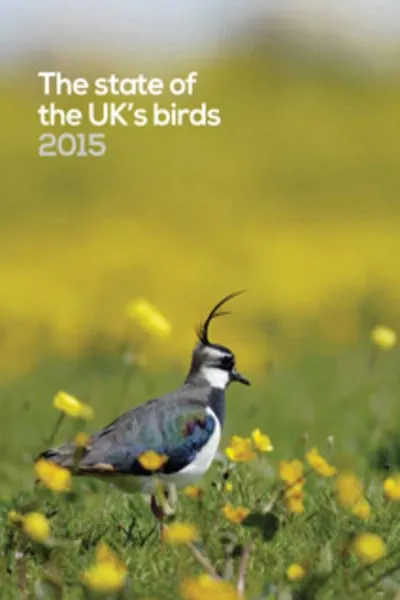
The two main themes of The State of the UK’s Birds report (SUKB) 2015 are farmland birds (illustrated by this year’s cover of a Lapwing) - a group that as a whole continues to decline, and how strong partnerships can help to reverse the fortunes of some of our farmland specialists - such as the Yellowhammer, currently faring well in Scotland; and species such as Tree Sparrow and Lapwing, all of which have shown evidence of positive responses on farms under Environmental Stewardship.
11.04.16
Reports
